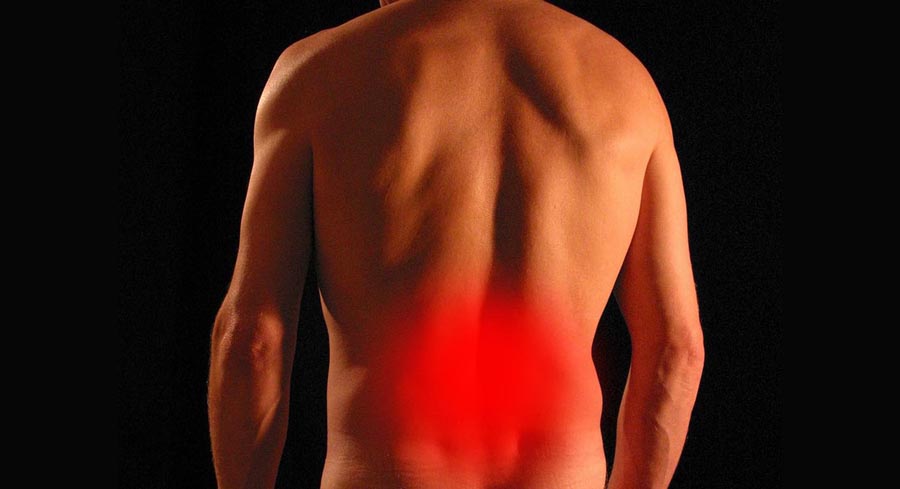
06 Oct Back Pain Solutions: Can Surgery Help?
Back pain can be a relentless companion, affecting your daily life and activities. You may have heard about surgery as a potential solution, but is it the right path for you? In this blog, we’ll unravel the mysteries of back pain solutions and explore the role of surgery in addressing this common issue.
Back Pain? Causes and Non-Surgical Treatments
Before diving into surgical solutions, it’s crucial to understand what causes back pain and the non-surgical treatments often recommended. Back pain can arise from a variety of sources, including muscle strains, herniated discs, osteoarthritis, spinal stenosis, and more.
Non-surgical treatments range from physical therapy and chiropractic care to pain management techniques like:
- NSAIDs
- Cortisone injections
- Lifestyle modifications.
These methods can be effective for many, but when they fail to provide relief, surgery may be considered.
Surgery – When Is It the Right Choice?
Surgery is generally seen as a last resort after other treatments have failed to provide adequate relief or if there’s a specific condition that surgery can address. Indications for considering back surgery include:
- Severe Chronic Pain: Persistent pain that impairs daily activities and doesn’t respond to conservative treatments.
- Neurological Symptoms: Issues like numbness, weakness, or loss of bladder or bowel control, indicate nerve involvement.
- Specific Diagnoses: Conditions like a herniated disc pressing on a nerve, spinal stenosis, scoliosis, or vertebral fractures may respond well to surgical intervention.
A thorough evaluation by a spine specialist is essential to determine if surgery is a suitable option for your specific condition.
Common Surgical Procedures for Back Pain
If surgery is deemed necessary, several types of procedures might be considered, depending on the underlying cause of the back pain:
- Discectomy: Removal of a portion of a herniated disc that is pressing on a nerve root or the spinal cord.
- Laminectomy: Removal of the lamina (part of the vertebral bone) to relieve pressure on the spinal cord or nerves, often used in cases of spinal stenosis.
- Spinal Fusion: Joining two or more vertebrae together to stabilize the spine and alleviate pain caused by movement.
- Artificial Disc Replacement: Replacing a damaged disc with an artificial one to maintain more natural movement compared to fusion.
Each of these surgeries carries its own risks and benefits, and the choice of procedure is based on individual patient factors.
Recovery and Life After Back Surgery
The recovery process is a critical component of the surgical journey. It can vary greatly depending on the type of surgery performed and the individual’s overall health. Elements of recovery include:
- Postoperative Care: Initially focuses on pain management and monitoring for any complications.
- Physical Therapy: An essential part of recovery, helping to strengthen the back and improve flexibility and mobility.
- Lifestyle Modifications: Including ergonomic adjustments, regular exercise, and possibly dietary changes to support long-term spine health.
Patients should have realistic expectations; while surgery can provide significant relief, it’s not a guaranteed cure. Recovery times can range from a few weeks to several months, and a complete return to pre-pain functionality isn’t always possible.
Back pain can be a debilitating condition, and deciding whether to undergo surgery is a significant choice that requires careful consideration. It’s essential to understand the causes of your back pain, explore all non-surgical options first, and consult with a spine specialist to determine if surgery is right for you.
Remember, the goal of any treatment, surgical or not, is to improve your quality of life and enable you to return to your daily activities with as little pain as possible. Stay informed, engaged in your healthcare decisions, and proactive in your recovery for the best possible outcomes in your journey to alleviate back pain.

